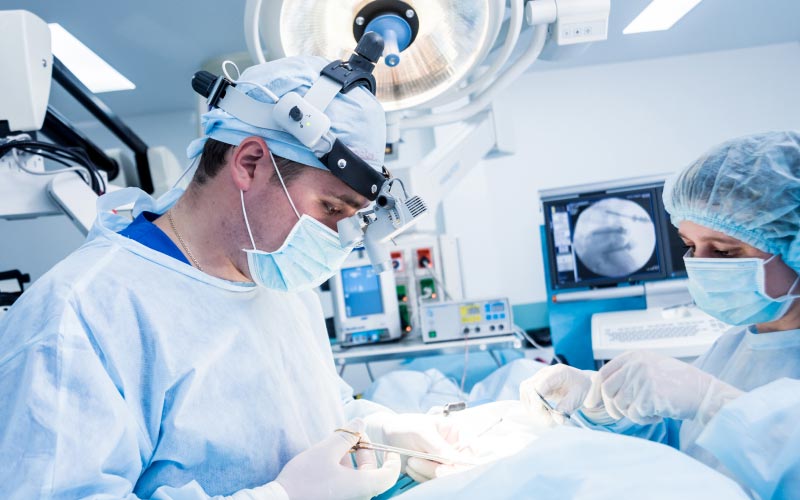If You Needed Another Reason to Stop Smoking, Here It Is…
In medical research over the last few years, it has been proven conclusively that not only do smokers have a higher incidence of back pain; but when they do undergo surgery for back problems, they have a 15% higher failure rate. This appears to be related to the fact that the nicotine in the cigarette smoke constricts the small blood vessels which are critical to healing at the surgical site, especially when a fusion is being performed.
Smoking Constricts Blood Flow and Interferes With Healing
A fusion is when bone is moved from one portion of the body to another to create stability in that area of the body. Smoking greatly interferes with the ability of bone to heal. In fact, it has been shown that smoking may prevent some type of fractures from healing altogether. Instead of employing expensive and elaborate medical technology such as electrical stimulator and bone producing enzymes; a patient can get healing to occur simply by discontinuing smoking.
Smoking Cessation Solutions Are Available
At Sierra Regional Spine Institute we understand that it is not easy to discontinue the smoking habit. We make available to our patients a variety of specialized smoking cessation programs. These programs may include the use of medications, behavior modification, acupuncture and counseling. In a recent international spine meeting, an esteemed professor of orthopedic spinal surgery, Dr. Glen Rechtine, said that the most important thing that a doctor can do for any patient coming through his office door is to get them to stop smoking. If the threat of dying a miserable death from lung cancer was not enough to motivate you to stop smoking, then perhaps the prospect of leading a life in excruciating back pain will be the necessary motivation. We are here to help; talk to us about this serious problem.
Article written for “We’ve Got Your Back Magazine”
By Dr. James Rappaport
